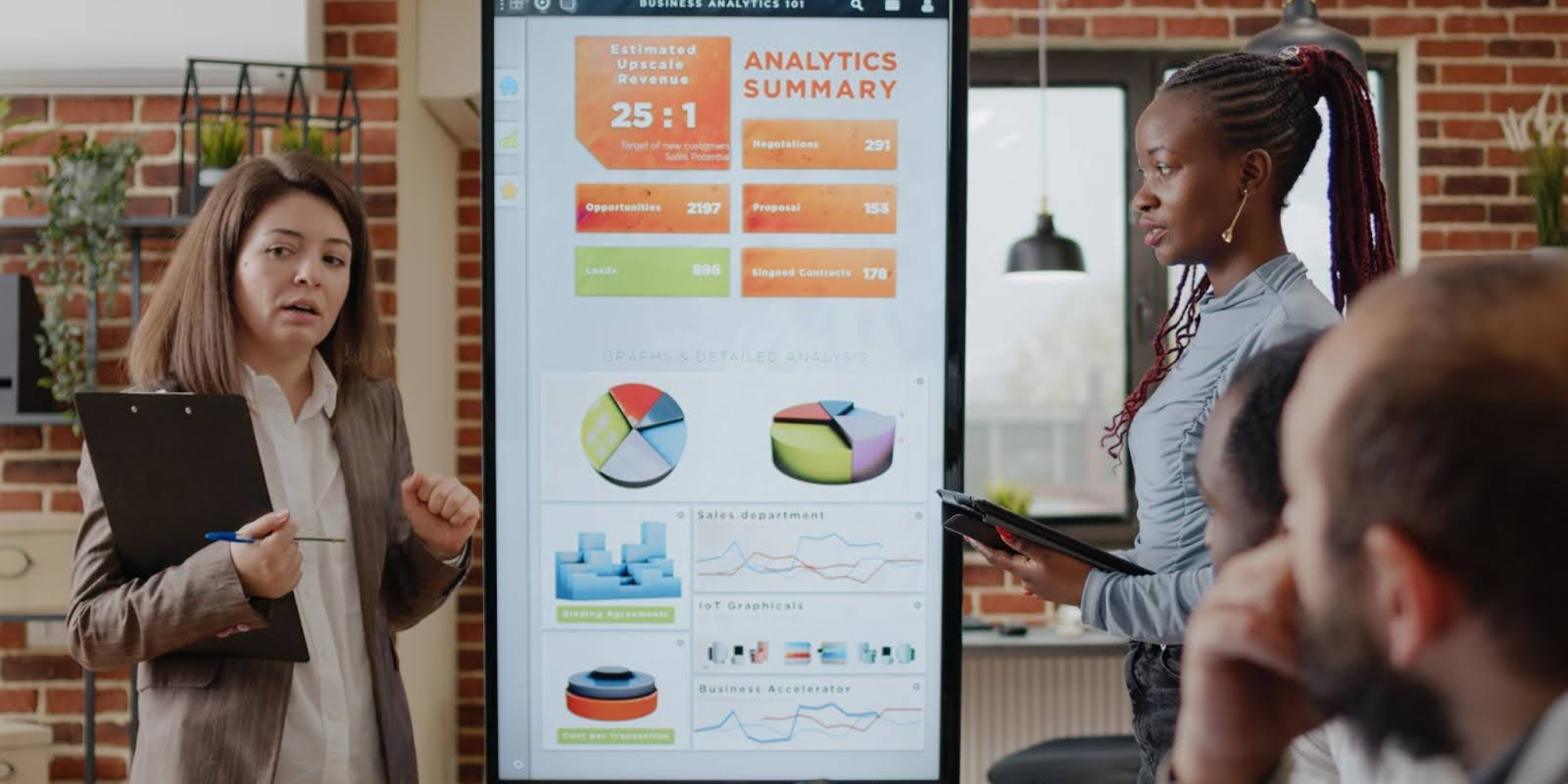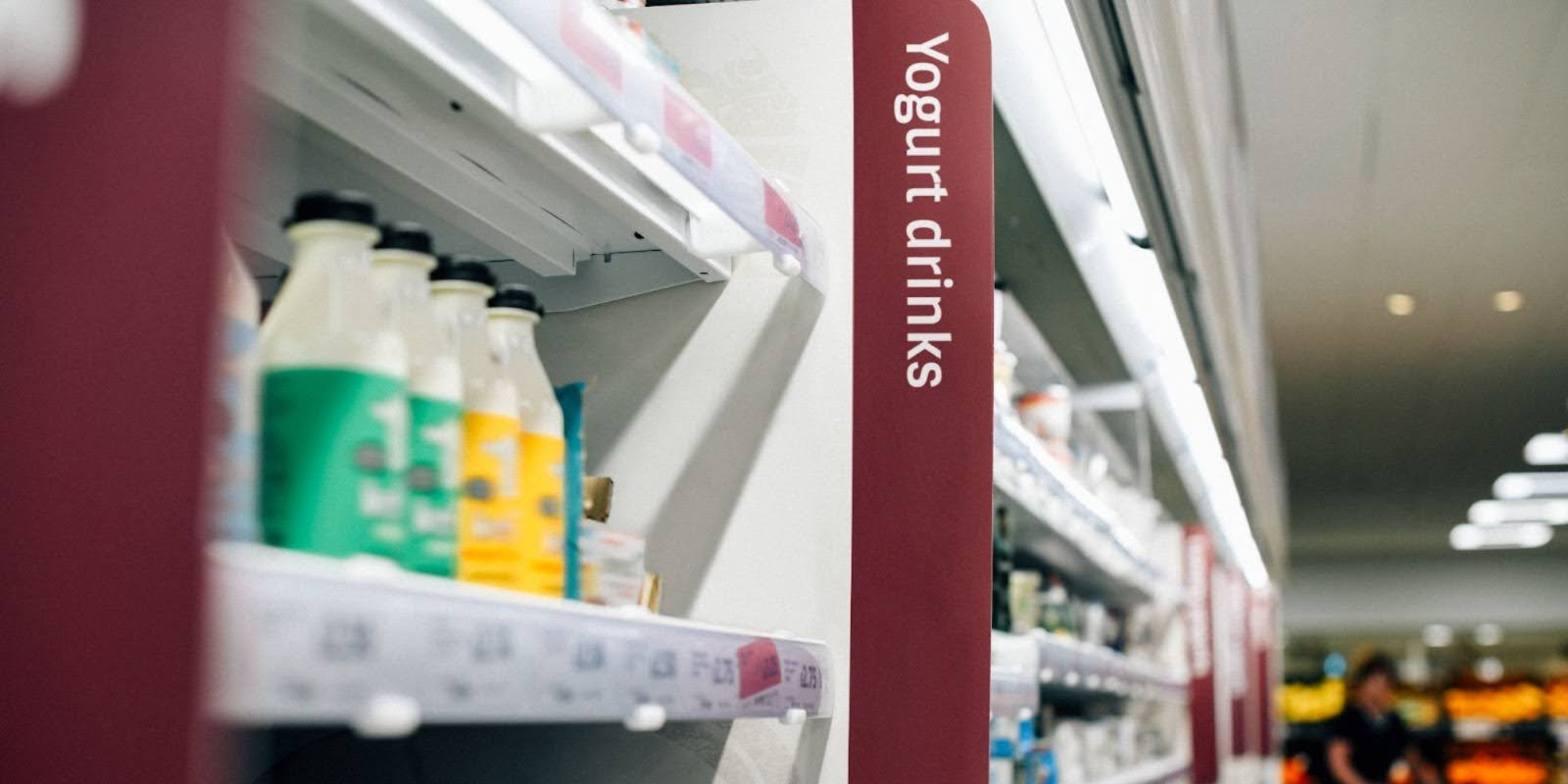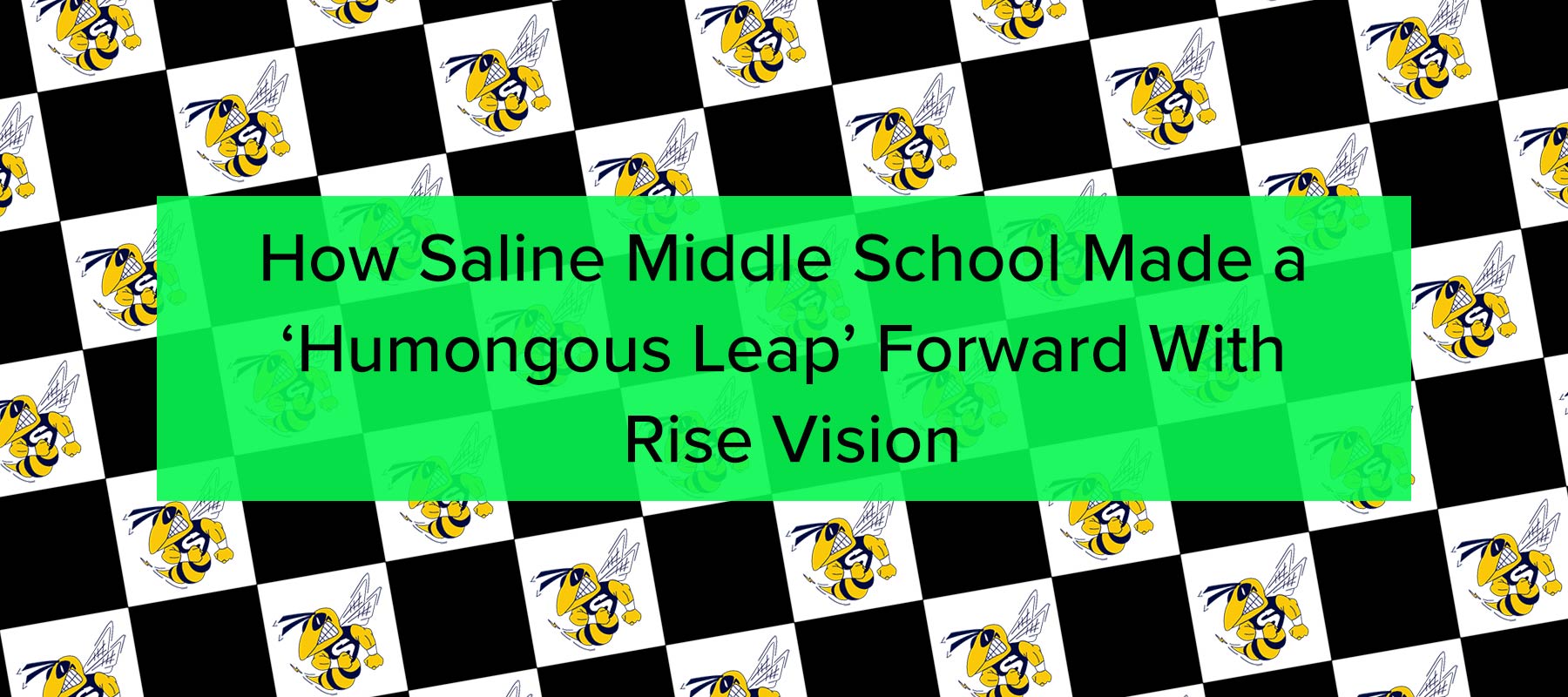
Saline Middle School is located in Saline, Michigan, a suburban middle school with 1,214 students and 64 full-time-equivalent teaching staff. The school caters to grades 6,7, and 8, and serves ‘a suburbanite population, with lots of subdivisions,’ says Saline teacher consultant Lisa York. ‘We have a small-town situation happening in our community,’ Lisa continues, ‘with a lot of students who feed into the University of Michigan or Michigan State.’
Together with Deborah Waterman, who goes by Deb and who works with older students in the same capacity, Lisa delivers education for students with additional needs within mainstream education at Saline. This can mean everything from individuals on the autistic spectrum to those with ADD-ADHD or learning differences. Days start early, about 7:30 AM, and often don’t finish until 4:00 PM or later. Partnership with parents is important, so ‘there are days when we’re having meetings early in the morning,’ and younger students, in particular, are still getting used to the more demanding school environment. Both Lisa and Deb also support mainstream classroom teachers to deliver more personalized and effective teaching.
At Saline, sixth grade operates differently than seventh and eighth grades in that sixth-graders still have homeroom teachers and ‘they stay inside those classrooms all day,’ explains Lisa, ‘except for their elective classes.’ Electives differ based on grade levels, but always include music, drama and computer science options; ‘we’re a very digitally-literate district,’ Lisa underscores.
Wayfinding, Schedules and Countdowns
‘Our displays are all mounted in high-traffic areas,’ with two displays inside the cafeteria, ‘and we’re strategic about what we’re putting on various displays,’ says Lisa. High-traffic areas are used to showcase time-of-day and weekly schedule displays, as well as where clubs are meeting, special sporting events and daily events and locations. During the day, Saline gets significant usage out of Rise Vision’s Countdown to Class template:
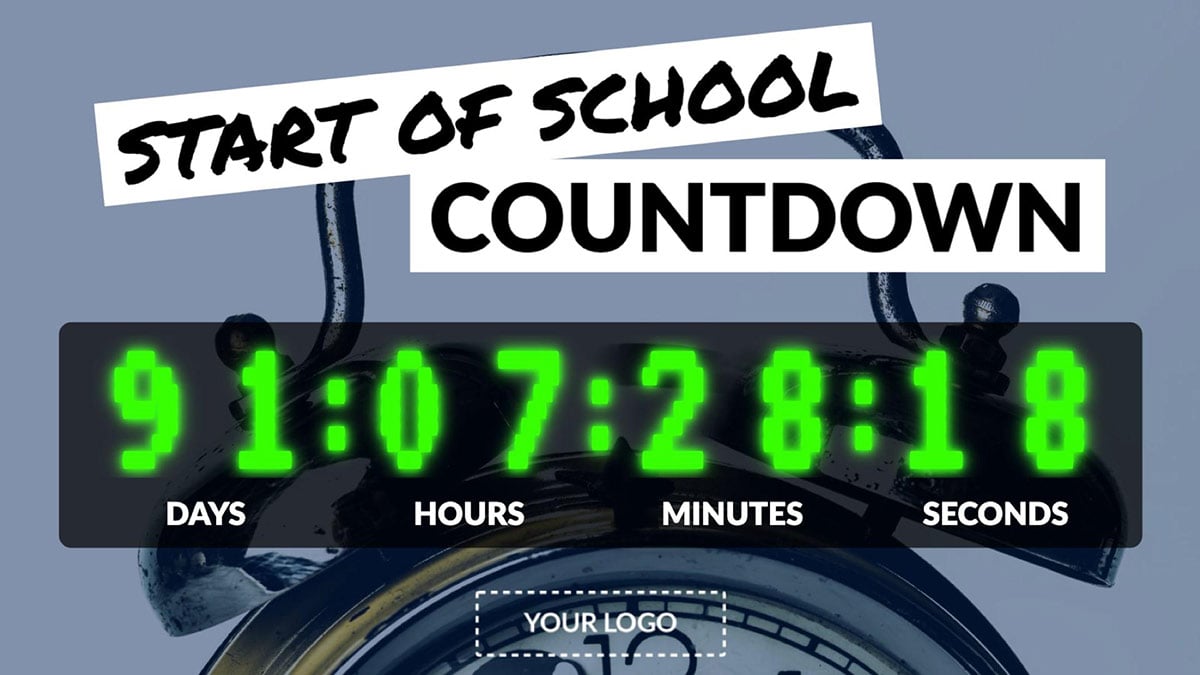
It’s particularly useful for seventh- and eighth-graders, who are still coming to terms with moving from class to class. ‘In fact just this morning I watched a lot of them scramble — they saw that ten-second countdown coming and they all just started off running to get to class on time,’ recalls Lisa.
Saline also rotates electives between ‘A’ and ‘B’ days, which allows for greater flexibility and a wider range of electives, but can trip up students who aren’t yet accustomed to managing their own schedules.
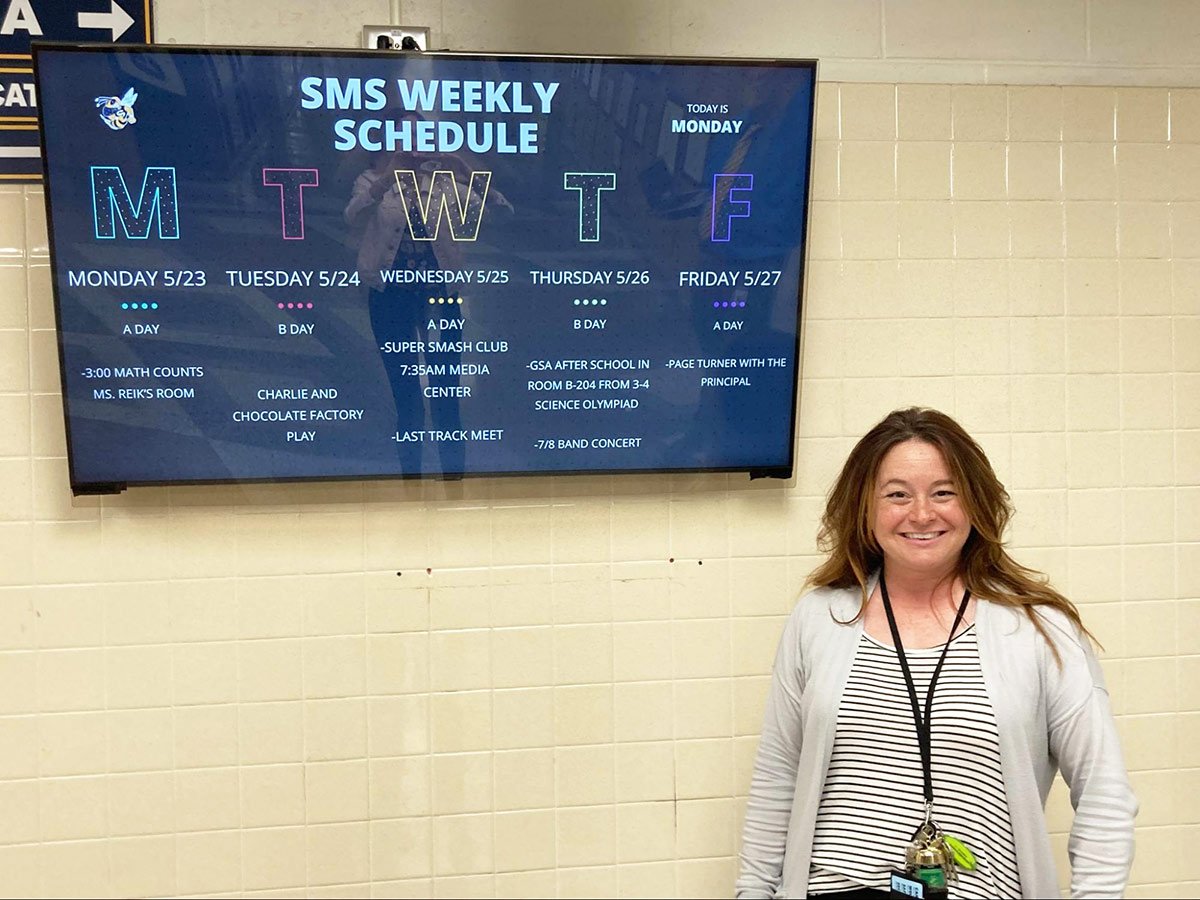
Students appreciate seeing that information on the school’s digital signage, says Lisa, because ‘they tend to forget what elective, or what day it is, so they’re not sure what class they’re supposed to go to.’
Building Community Around Signage
This isn’t the only use the school puts Rise Vision to — especially since there’s such a large template library. ‘The adaptability in the pre-done templates is outstanding,’ says Deb, ‘and the auto-update templates are great, because we can just schedule those.’
Like a lot of schools, Saline uses a mix of set-and-forget content and highly-personalized material. In a recent project, students handed in pictures of their pets together with a brief description of them. It caused quite a buzz in the corridors, says Lisa: ‘The kids just were standing around and looking at everybody’s pets, and it formed a great community in the building.’ Wordsearches are also very popular — and not just with students: ‘I was staring at that one the other day,’ recalls Jay Grossman, Director of Technology for Saline Area Schools.
‘Something I like in general is that Rise Vision does the work on the back end,’ says Lisa. ‘Now we’re running all the mental health awareness presentations and we’re able to edit those to make them fit our building and what we’re doing here.’ As well as showing content for Asian-Pacific Island Month and Ramadan, they’re showing students’ pictures from a trip to Washington, DC, and will mount student photos of an upcoming trip to Chicago as soon as they come in.
All this is understood as a community-building effort, focusing on increasing engagement and fostering a sense of belonging within the school community itself. Fun Fridays are when Saline doubles down on this approach, including showcasing both students and staff on their digital signage displays.
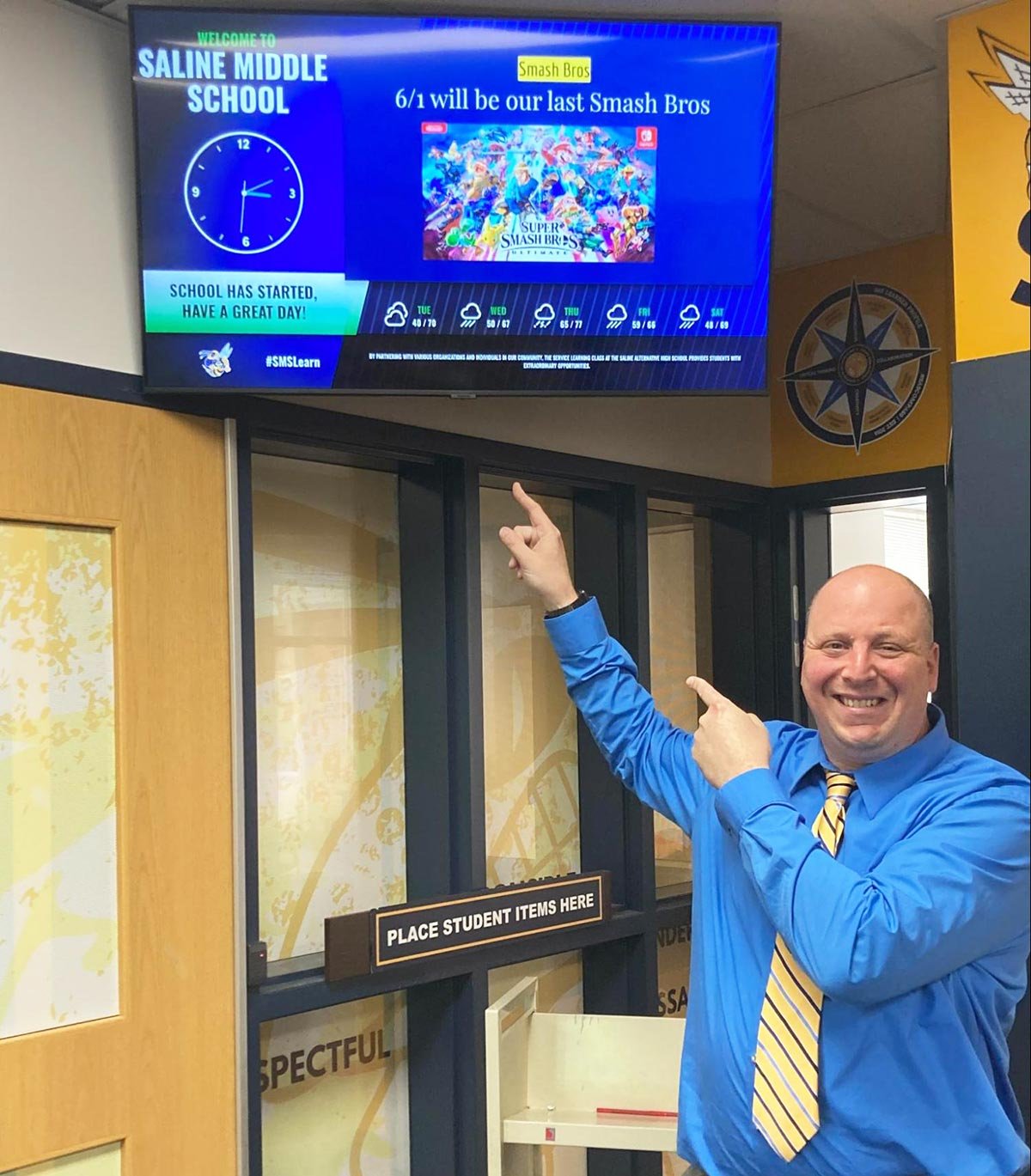
‘Rise Vision ties with Google Photos,’ points out Deb, ‘so I was able to create a Google Photos album and have teachers drop current events in their classrooms into the signage.’ That’s partly to ‘join up’ student experiences and expectations, so students can see their own experiences reflected back at them but also what to expect in the future. ‘Our sixth-graders were able to see what’s happening in a seventh-grade or an eighth-grade science class.’
What Works? Tracking Numbers — and Asking
Even though Saline is actively working to leverage its displays as much as possible, they’re also aware that ‘more is not better’ — as Lisa says; ‘you need to monitor how many things are being displayed, and also be selective about what topics are being displayed on certain displays. What’s shown to sixth-graders might not be relevant to our eighth-grade displays, for instance.’
To target its content more effectively, the school created a Google form survey for both staff and students, asking what they enjoyed about the displays, what helped them, and what they thought might be useful in the future. When polled, students’ preferences were more pedestrian and educational than you might expect: the daily word, important people in history, quick facts, and even daily temperature slides were very popular and students asked to see more of them. There are other indications that digital signage efforts are paying off: ‘We have a “principal page turner” on Fridays,’ says Deb, ‘a dedicated reading period, and attendance has risen since we started posting that event on digital signage.’
Support and Troubleshooting
‘The support team has been amazing… they’ve been absolutely extremely helpful,’ says Deb. ‘All I have to do is send out an email and they’re willing to schedule a meeting.’ ‘Our team really likes the Rise Vision trainings,’ says Jay — ‘I know that Laura Washington, the Principal of Saline Middle School, has taken some of those!’
Under the Hood: How Saline Integrates Rise Vision With Its Existing Hardware
Saline uses current-generation Chromeboxes as media players for its television displays, and has had good results playing Rise Vision content through them — especially since a recent Rise Vision upgrade. They’re also users of the Screenbeam presentation projection tool, and Screenbeam devices can be used to display Rise Vision content too. ‘I’m literally in the middle of putting that in all of our common areas,’ says Jay.
Since he’s responsible for the entire Saline school district, including the high school, that’s a major changeover. He’s providing tech support for around 700 staff, and about 5,200 students. But its results will also be major: ‘rather than having screens just sitting there blank, we can have digital signage running. If somebody needs to take it over to do a presentation, they have that ability,’ Jay explains. ‘When they’re done, it just goes right back to the slideshow.’
How Did Saline Choose Its Digital Signage Tool?
Jay had used Rise Vision in his previous role, at Chelsea School District: when he heard that Saline had a grant for digital signage implementation, he says, ‘I went to Lisa and Deb and said, ‘this is the one we should use.’ The template library was part of the reason for his choice, and he was swayed by ease of integration too. Saline uses the Informacast mass notification system, so they needed a digital signage tool that would, as Jay puts it, ‘play nice’ with that — and with the hardware they were already using. Rise Vision’s simplicity and ease of use helped seal the deal too. ‘It’s a very short learning curve,’ Jay explains.
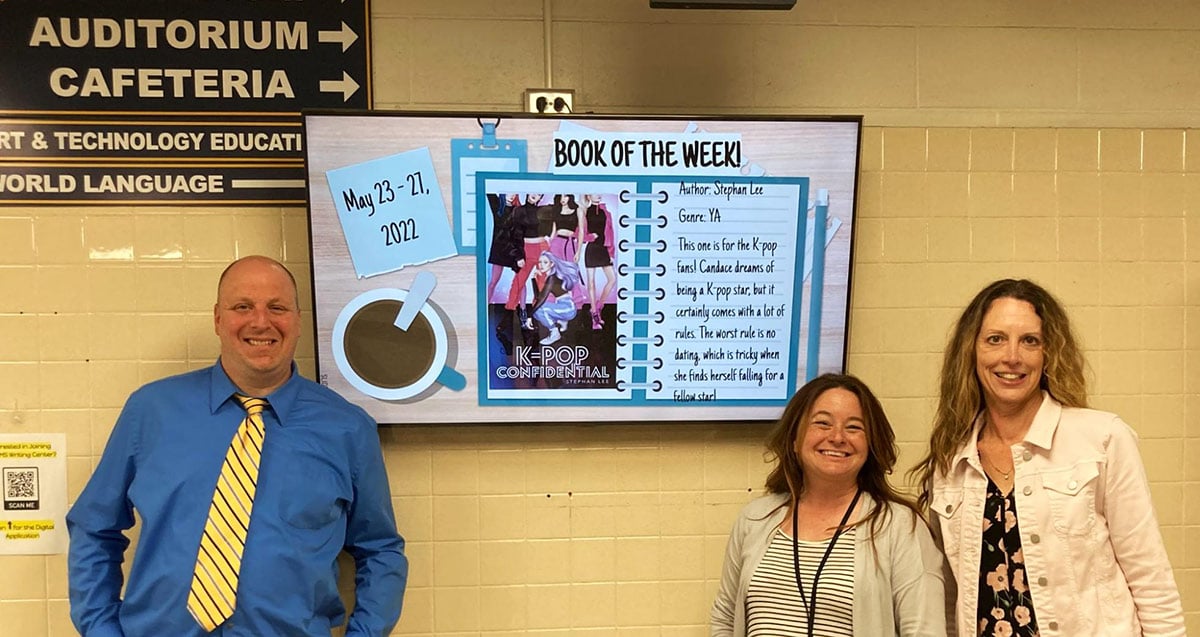
It’s also important that Saline wasn’t new to digital signage; they’d been using Chrome Sign Builder for some time, and had gotten good results, but found it increasingly restrictive: ‘we were limited to only using Google Slides,’ says Jay. ‘Moving from that to Rise Vision has been a humongous leap,’ but one that was relatively easy thanks to the Google Slides templates.
The transition could be simple and easy, letting users segue out of the slideshows they were used to using, rather than a ‘day zero’ effect.
On the Rise: How Will Saline Use Rise Vision in the Future?
Rise Vision has some users who are happy using Rise Vision for a small number of simple signs: it works well, and they have no plans to change. But Saline is on the opposite end of the scale. They’re Rise Vision maximalists, determined to wring every drop of value from the tool.
Saline is planning to extend Rise Vision into the whole school district as its primary form of digital communication. Jay is very clear that Saline is planning to adopt Rise Vision as a kind of whole-school operating system: ‘We are looking at implementing this in every single building, either using unlimited licenses or based on need if it’s a building that currently doesn’t have many displays. Each building will use it to highlight what’s happening in their communities and classrooms. Our plan is to build up our hierarchy to start using Rise Vision for district-wide communication.’
Currently, it’s already increasingly integrated into the high school at Saline: ’every Wednesday,’ says Jay, ‘they have something they call Hornet Time which is a ten-minute homeroom period. Instead of having a slide deck that has to be emailed out every day, they’ll have a Rise Vision tab on their Chrome browser that can be displayed during Hornet Time. One person can maintain the slide deck but everyone can use it.’
Meet Deb Waterman
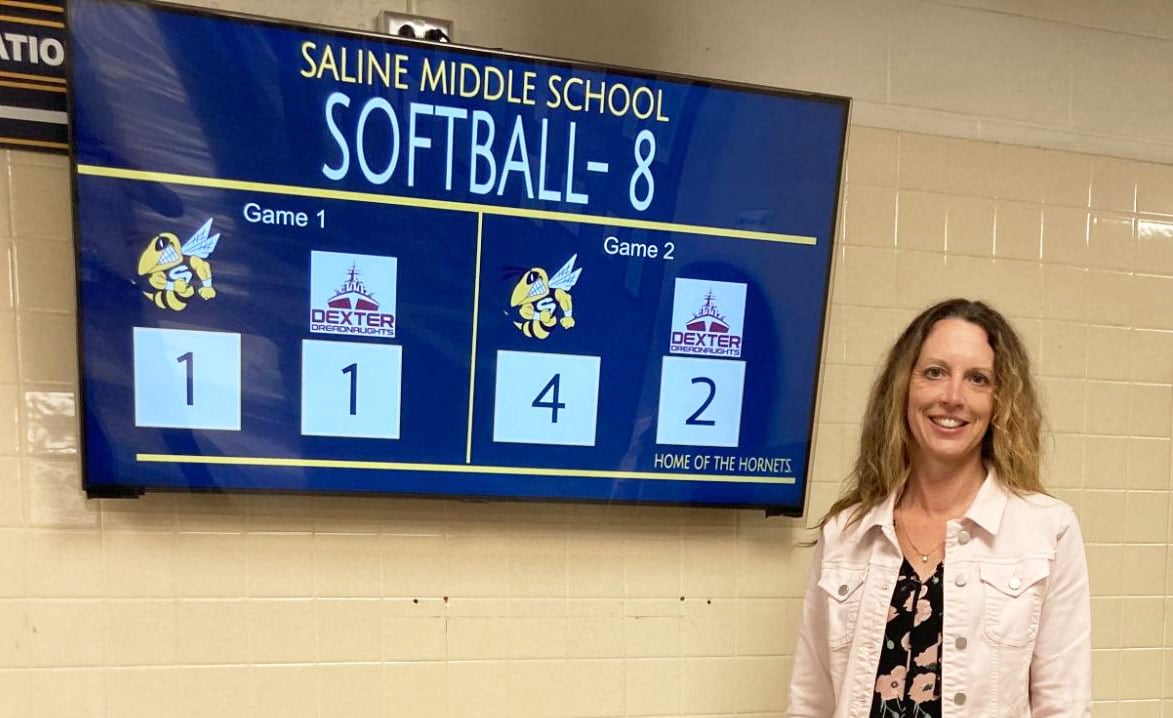
Deb Waterman has been a Teacher Consultant at Saline Area Schools since 1999, after a varied teaching career of over a decade at other schools that included both mainstream and special needs-oriented roles. Deb holds a Masters in Learning Disabilities from the University of Michigan, and when she isn’t out riding bikes with her husband John Waterman, a special education teacher and the director for a non-profit called PEAC (Programs to Educate all Cyclists), she can be found at home with him and her son Connor enjoying family life. Passionate about accessibility in education, Deb was prompted to write the digital signage grant application that led to Saline’s adoption of Rise Vision in order to provide a visual display that would keep all students at Saline informed. ‘Not only did I want the digital signage to provide daily communication to the students’ she explains, ‘but also I wanted the signage to help keep all of our students and staff safe during an emergency.’
About Jay Grossman
Jay Grossman has been Director of Technology at Saline Area Schools since 2020, after an education career beginning in 2007 as a classroom teacher in Las Vegas. Jay transitioned into a technology role in 2012, and when he’s not working, enjoys home life with his wife Amy and their three pets.
Jay’s work helps Saline district thrive in the areas of information technology, research, support, systems implementation and training. Qualified to lead the technical development of complex solutions, he focuses on delivering expert technical services across multiple applications and across Saline’s campuses, grade levels, and partners. He’s keen to use the opportunities presented by new technologies to enhance student learning across the District.
‘Incorporating technology within the school district is very important to me,’ Jay says: ‘ It has become an integral part of nearly every aspect within education from within the classroom to events, to signage and notifications.’
About Lisa York
Lisa is an experienced teaching consultant and Special Education Teacher, with a Masters focused in Art of Teaching from Marygrove College and skills in MTSS Reading, behavioral implementation and supports, communication, classroom management, differentiated instruction, and curriculum development. She has worked at Saline for over 15 years, and has been a special education teacher since 2001, working with students with a range of disabilities in Bedford, South Lyon, and Saline.
Lisa is currently a Teacher Consultant and chairs Saline’s PBIS (Positive Behavioral Interventions and Supports) and Reading Intervention Programs, seeking to promote a high expectation of self-awareness, trust, and respect. She works hard to build strong relationships with staff, students, and parents, and values collaboration and cooperation with them. Professionally, she believes in the importance of inclusivity and flexibility in thinking and holds that technology easily supports Saline District’s initiatives to grow as learners to be responsible citizens in an ever-changing world.
‘I have been lucky to work with such interesting students,’ says Lisa. ‘I am blessed to be around such enthusiastic students, staff, and parents.’ Rise Vision has played a significant part in ‘promoting our professional points of interest and bring together our community,’ she goes on, ‘allowing student voices to be shared leading to the growth of our building staff and students as a community.’
More Rise Vision Case Studies
- How Weston School District Built a Digital Strategy with Digital Signage, 15 Minutes at a Time
- How Non-technical Staff at Pickering Christian School Use Rise Vision for Inspiration, Guidance, and ‘Wow Factor’
- How Cornwall-Lebanon School District Uses Rise Vision to Recognize Every Students Achievements



